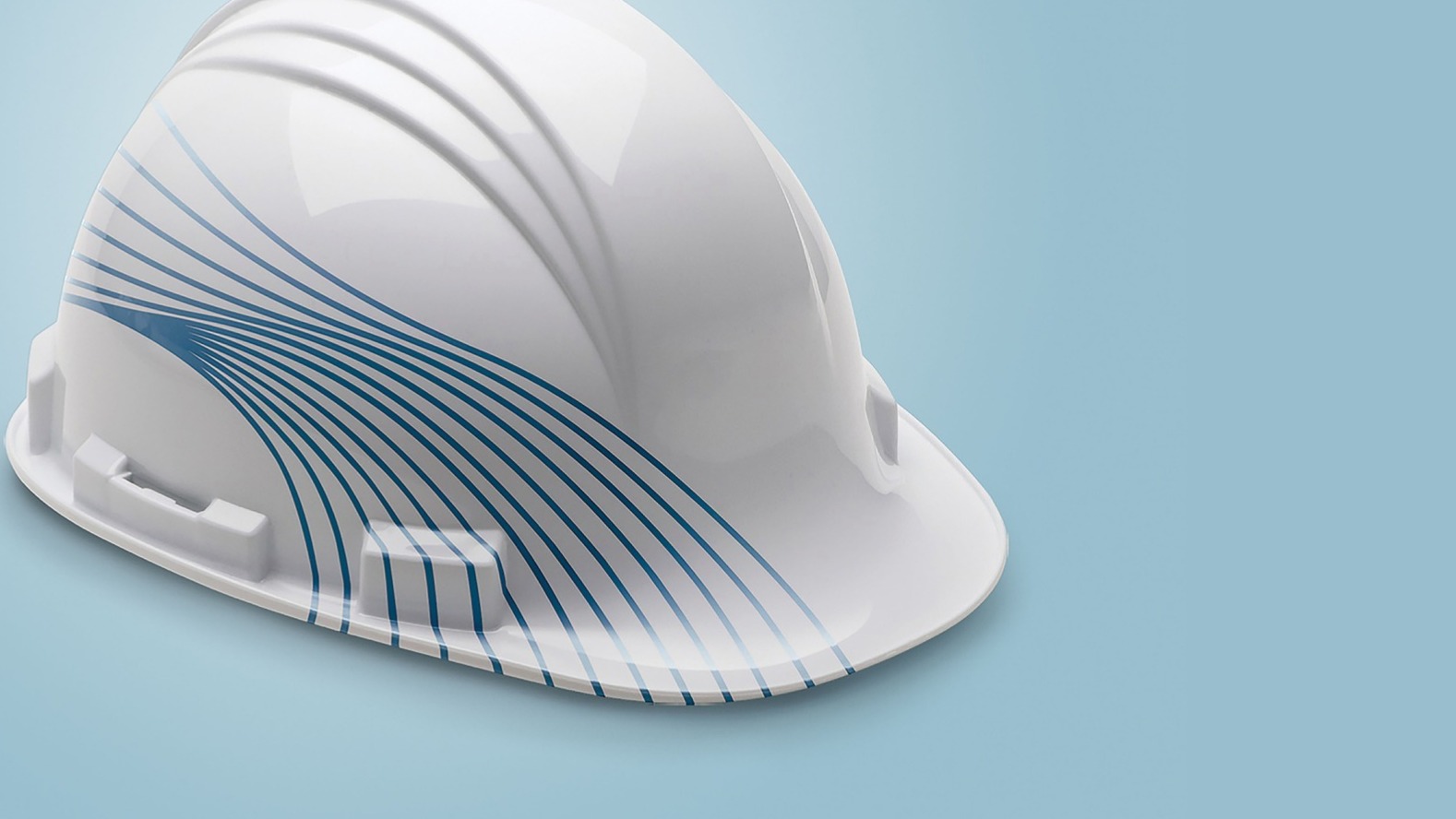
The Money-Saving Benefits of Proper Home Insulation on Energy Bills
Proper home insulation is not only crucial for maintaining a comfortable indoor environment but also for saving money on energy bills. In this article, we will explore the significant impact that adequate insulation can have on reducing energy consumption and discuss various insulation options that homeowners can consider.
By understanding the benefits of proper home insulation, you'll be able to make informed decisions that can lead to long-term savings and a more environmentally friendly home.
Understanding the Importance of Home Insulation
Proper insulation plays a critical role in maintaining a consistent indoor temperature and reducing heat transfer. Without adequate insulation, heat can easily escape during colder months and infiltrate your home during hot summer days. This constant heat exchange forces your heating and cooling systems to work harder, resulting in increased energy consumption and soaring utility bills.
Saving Money with Efficient Insulation
1. Reduced Energy Consumption
Installing proper home insulation can significantly reduce your energy consumption by minimizing heat loss and heat gain. With less heat transfer, your heating and cooling systems can operate more efficiently, resulting in reduced energy usage and lower utility bills. Studies have shown that well-insulated homes can save up to 20% on annual energy costs.
2. Enhanced HVAC System Efficiency
Inadequate insulation forces HVAC systems to compensate for temperature fluctuations, leading to increased wear and tear on the equipment. By insulating your home properly, you can help your HVAC system work optimally, improving its lifespan and reducing the need for frequent repairs or replacements. This, in turn, can save you substantial amounts of money in the long run.
Types of Home Insulation
1. Fiberglass Insulation
Fiberglass insulation is one of the most common and cost-effective options available. It consists of tiny glass fibers that trap air pockets, reducing heat transfer. Fiberglass insulation is typically installed in attics, walls, and crawl spaces and comes in batts, rolls, or loose-fill forms. It offers excellent thermal performance and is relatively easy to install.
2. Spray Foam Insulation
Spray foam insulation is known for its superior insulation properties and air-sealing capabilities. It expands upon application, filling gaps and cracks to create airtight barriers. This type of insulation is commonly used in areas that are difficult to reach or have irregular shapes. While spray foam insulation may have a higher upfront cost, its long-term energy-saving benefits often outweigh the initial investment.
3. Cellulose Insulation
Made from recycled paper products, cellulose insulation is an eco-friendly option that provides excellent thermal resistance. It is typically blown into attics and wall cavities, conforming to irregular spaces and offering effective soundproofing. Cellulose insulation is treated with fire retardants for safety and is resistant to pests and mold.
Additional Tips for Energy Efficiency
1. Sealing Air Leaks
In addition to proper insulation, sealing air leaks is crucial for maximizing energy efficiency. Use weatherstripping and caulk to seal gaps around windows, doors, and electrical outlets. This will prevent unwanted air infiltration and further reduce energy waste.
2. Attic Ventilation
Proper attic ventilation helps regulate temperature and moisture levels, preventing the formation of ice dams and reducing the strain on your cooling system. Ensure that your attic is adequately ventilated to promote energy efficiency and prevent potential damage.
Conclusion
Investing in proper home insulation is a wise decision that can lead to substantial savings on energy bills. By reducing energy consumption and improving the efficiency of your HVAC system, you can enjoy a comfortable living space while minimizing your carbon footprint. Whether you opt for fiberglass, spray foam, or cellulose insulation, the long-term benefits far outweigh the initial cost.
Remember to seal air leaks and maintain proper attic ventilation to maximize energy efficiency. Embrace the power of insulation, and watch your energy bills decrease while you contribute to a greener future.